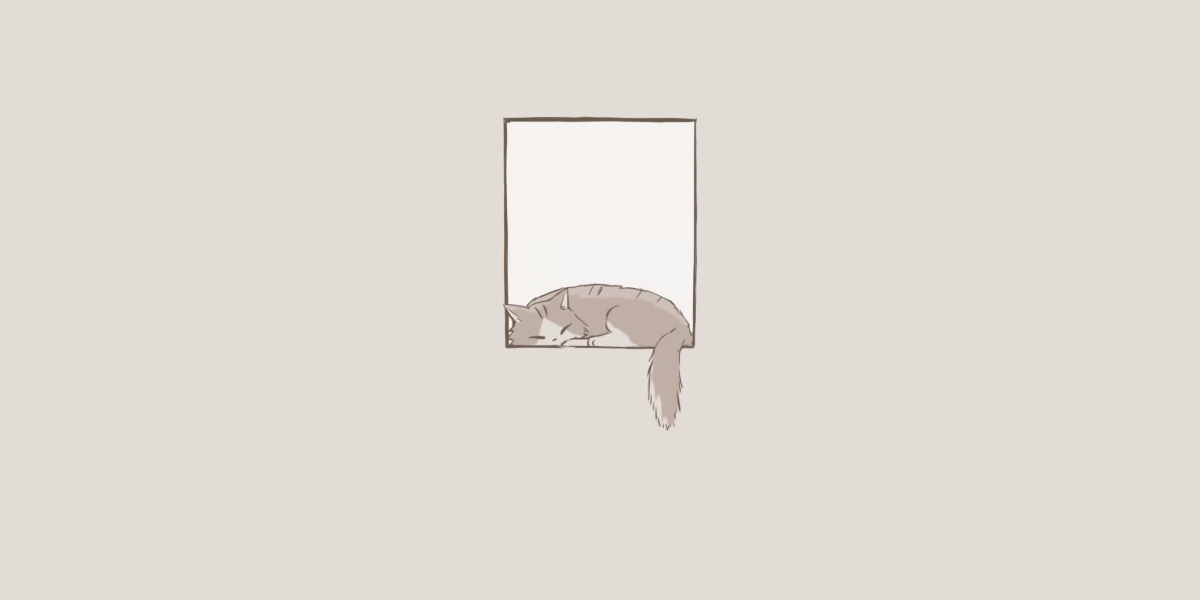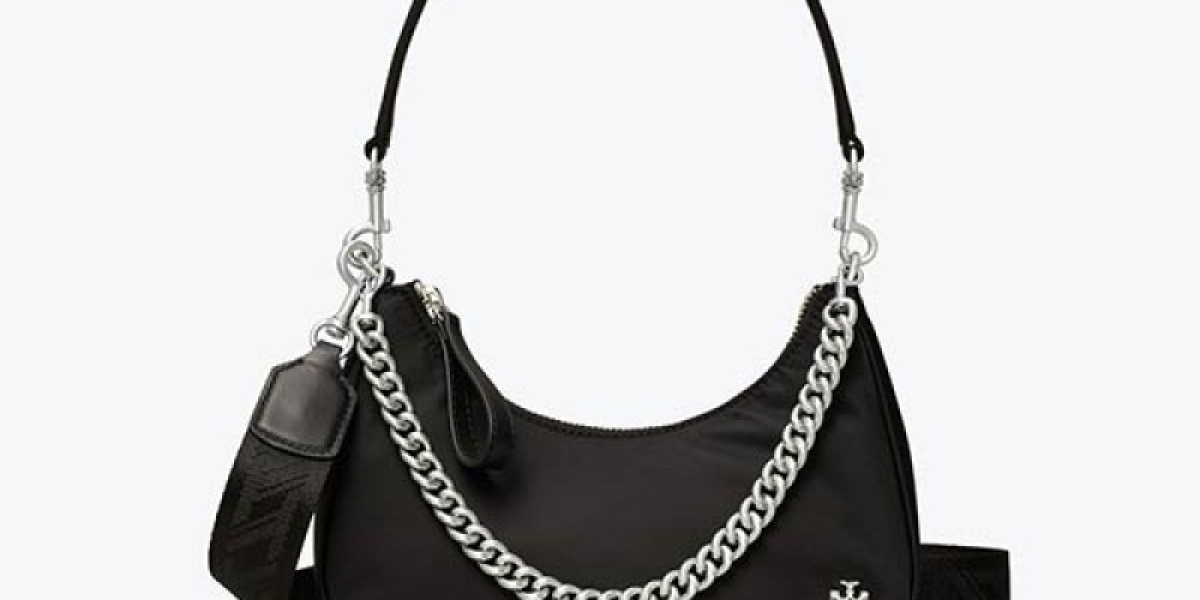3D printing has revolutionized the way we create objects, but it is not without its challenges. One of the most prevalent issues faced by users is filament feeding problems. Understanding these problems is crucial for achieving high-quality prints. In this article, we will delve into the common causes of filament feeding issues and provide practical solutions.
Understanding Filament Feeding Problems
Filament feeding problems can manifest in various ways, including under-extrusion, clogs, and inconsistent flow. These issues can lead to failed prints and wasted materials. But what causes these problems? Let’s explore some of the most common factors.
1. Filament Quality
The quality of the filament plays a significant role in the feeding process. Low-quality filaments may have inconsistent diameters or impurities, leading to jams. When selecting filament, consider the following:
- Choose reputable brands known for their quality.
- Inspect the filament for any visible defects.
- Store filament properly to avoid moisture absorption.
2. Extruder Settings
Improper extruder settings can also contribute to filament feeding problems. If the temperature is too low, the filament may not melt adequately, causing clogs. Conversely, if the temperature is too high, it can lead to oozing and stringing. Adjust your settings based on the filament type:
- PLA typically requires a nozzle temperature of 180-220°C.
- ABS generally needs a higher temperature, around 220-250°C.
3. Mechanical Issues
Mechanical components of the 3D printer can also affect filament feeding. Issues such as a worn-out drive gear or a misaligned extruder can hinder the flow of filament. Regular maintenance is essential:
- Check the drive gear for wear and replace if necessary.
- Ensure the extruder is properly aligned and free from obstructions.
Solutions to Filament Feeding Problems
Addressing filament feeding problems requires a systematic approach. Here are some effective solutions:
- Regularly clean the nozzle to prevent clogs.
- Calibrate the extruder to ensure accurate filament flow.
- Experiment with different filament brands to find the best fit for your printer.
For a more comprehensive guide on preventing 3D printing failures, consider visiting this resource.
Conclusion
Filament feeding problems can be frustrating, but with the right knowledge and maintenance, they can be effectively managed. By understanding the causes and implementing the solutions discussed, you can enhance your 3D printing experience and achieve better results. Remember, the key to successful 3D printing lies in attention to detail and proactive troubleshooting.








